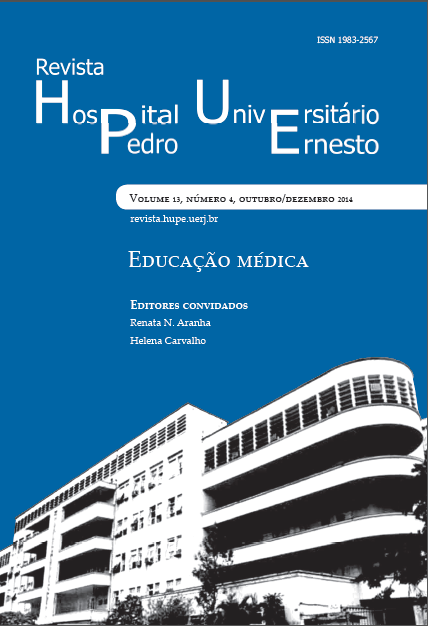The effective use of feedback in health professions teaching
DOI:
https://doi.org/10.12957/rhupe.2014.13957Resumen
The purpose of this review is to define feedback and provide informed commentary on how feedback should be given to health professions learners during the educational process. The purpose of feedback is to enhance and improve student learning; this is in contrast to grading, which has the purpose of summarizing what a student has learned during a given educational experience. Feedback is highly influenced by other characteristics of the educational setting (e.g., clarity of objectives, context of learning, timing, and specificity). Both students and faculty members have a responsibility to seek and provide feedback within the context of the teaching relationship. Surprisingly few research studies exist concerning how feedback impacts learning outcomes. Surveys have shown that feedback is highly desired by students and yet often felt to be inadequately given. Simultaneously, faculty members often feel that feedback given is of good quality but has not been recognized by students. Factors that impede good feedback in the clinical teaching setting include teacher preparation, student characteristics, the learning environment and time pressures. There is evidence that student expectations concerning the type of feedback they desire change over time, i.e., as the student progresses through the curriculum. It is strongly suggested that the quality of feedback impacts student learning, perhaps more than any other aspect of the teaching process. Best practices associated with giving and receiving feedback have been identified, but faculty development in this regard may be lacking. Recommendations to students and faculty members alike may help alleviate problems with the feedback process and serve to facilitate more effective learning.
Keywords: Feedback; Formative feedback; Clinical teaching; Student learning.
Revista HUPE, Rio de Janeiro, 2014;13(4):67-72
doi: 10.12957/rhupe.2014.13957


